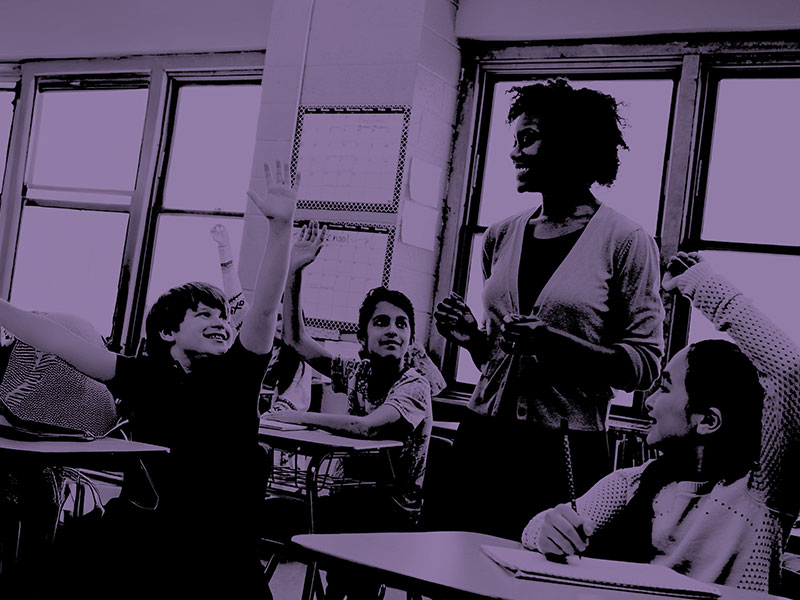Course outcomes for young people aged 16-25 receiving special educational support are improving. However, a lack of understanding of the relationship between needs, costs and outcomes can lead to students not getting the right support, and risks compromising value for money.
Jump to downloads“Giving the correct support to young people with special needs could help them lead more independent lives in the future and reduce longer-term costs to the public purse. Yet a lack of understanding of the relationship between needs, costs and outcomes can lead to students not getting the right support, and risks compromising value for money.”
Amyas Morse, head of the National Audit Office, 4 November 2011
A report by the National Audit Office has shown that, where comparable data is available, course outcomes for young people aged 16-25 receiving special educational support are improving at similar or better rates than those for all students within this age group. This performance has been achieved while known average special education funding per head has decreased in schools and further education colleges.
However, parents, students and local authorities do not always have the information they need to choose the school or college that best meets the young person’s needs given the available funding. Assessments of young people’s needs vary in quality, and local authorities do not always consider the full costs to the public purse of different placement options. In addition, there are wide variations between local areas in the percentages of young people studying in different provider types (such as schools and colleges), and in the availability and use of specialist provision.
While the amount spent on providing special education support to young people aged 16-25 is not fully known, it is estimated that around £640 million is spent annually. The Department for Education has reasonable oversight of specific funding streams and the general performance of special education providers. However, the extent to which the Department and local authorities understand the full cost of the provision they fund, and how well it meets the needs of young people, varies depending on the type of school or college. The ability of public bodies to influence and intervene in case of poor performance also varies between different provider types.
The Department, in its 2011 Green Paper, has proposed significant changes to special education from birth to the age of 25. The NAO report suggests that providing appropriate support for young people with special needs has the potential to deliver longer-term benefits for students and to the public purse.
The NAO has called on the Department to address current limitations in information, and better understand the relationships between needs, costs and outcomes so that it can secure value for money from its expenditure in this area.
Easy read version (PDF - 554KB): Mencap have produced an easy-read version of this report, designed to be accessible for people with a learning disability. The easy-read version does not contain all the detail of the NAO report, but is a summary of the main points in the report which we think are of most interest to young people. Readers should therefore refer to the main report for the full presentation of the NAO’s findings
|
Easy read version (PDF - 554KB): Mencap have produced an easy-read version of this report, designed to be accessible for people with a learning disability. The easy-read version does not contain all the detail of the NAO report, but is a summary of the main points in the report which we think are of most interest to young people. Readers should therefore refer to the main report for the full presentation of the NAO’s findings
Easy read version (PDF - 554KB): Mencap have produced an easy-read version of this report, designed to be accessible for people with a learning disability. The easy-read version does not contain all the detail of the NAO report, but is a summary of the main points in the report which we think are of most interest to young people. Readers should therefore refer to the main report for the full presentation of the NAO’s findings||
Downloads
- 841303f2-e9b3-4916-b217-583edffe633a1.pdf (.pdf — 683 KB)
- 10121585es.pdf (.pdf — 151 KB)
- 10121585.pdf (.pdf — 645 KB)
- 10121585_methodology.pdf (.pdf — 143 KB)
Publication details
- ISBN: 9780102976762|9780102976762|9780102976762 [Buy a hard copy of this report]
- HC: 1585, 2010-2012|1585, 2010-2012|1585, 2010-2012



